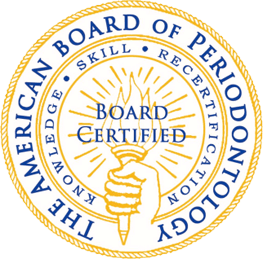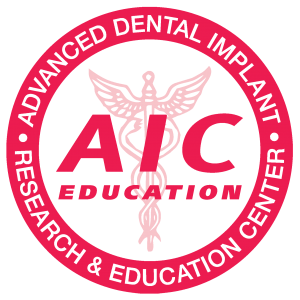If you’ve recently been diagnosed with periodontal disease, you probably have some questions about your treatment. Be assured that periodontists believe that periodontal therapy, including non-surgical treatment, should be achieved in the least invasive and most cost-effective way possible.
Remember that the first step toward good periodontal health begins with proper oral hygiene, which can go a long way toward preventing certain forms of periodontal disease and reversing gingivitis, an early stage of periodontal disease. Good oral hygiene includes brushing your teeth at least twice each day, flossing at least once each day, and seeing a periodontist annually for a comprehensive periodontal evaluation.
If you are diagnosed with periodontal disease, common treatments include the following:
Deep Cleaning/Scaling and Root Planing
A deep cleaning, also known as scaling and root planing, is a non-invasive measure of preventing the progression of periodontal disease. A deep cleaning goes beneath the gum line to remove plaque, bacteria, and other toxins from areas that brushing and flossing cannot reach, reducing the risk of disease advancement. A routine cleaning does not require the dentist or hygienist to go below the gum line; therefore, the procedure does not eliminate the cause of disease if it is present.
Medication
Oral antibiotics as well as anti-microbial mouth rinses can be prescribed short-term to control bacteria and treat acute periodontal infection. Other medicinal treatments include antibiotic gels, slow-release antiseptic chips, microspheres, and enzyme suppressants used after scaling and root planing procedures.
Surgery
If inflammation and deep pockets are present after deep cleaning and medication, a periodontist may perform flap surgery to minimize the depth of the pocket. The surgery consists of plaque removal below the gum line and then closure of the gums so that they fit snugly against the tooth. A bone and tissue graft procedure helps to regenerate any tissue or bone lost to periodontal disease through the placement of natural or synthetic bone material to promote bone growth. A soft tissue graft uses synthetic material or tissue from the mouth to cover tooth roots that have been exposed.
After a period of healing, your periodontist will evaluate your condition to determine if further treatment is necessary. If additional treatment is required, your periodontist will develop a treatment plan to help restore your smile to a state of health. If you don’t require further treatment, you’ll enter a maintenance phase, and thorough checkups on your teeth and gums will occur every few months or so.
The Expert Care of Periodontists
Periodontists are uniquely qualified to treat disease of the gum tissue and underlying bone in the mouth. With three additional years of specialized training after dental school, periodontists are masters of the treatment skills necessary for predictable and successful periodontal disease treatment.
Contact us today at (818) 705-3232 to learn more or schedule an appointment.











